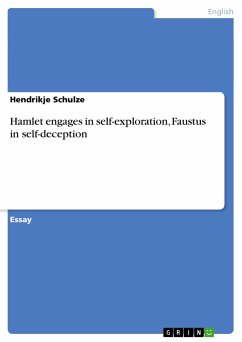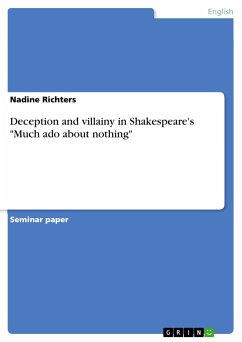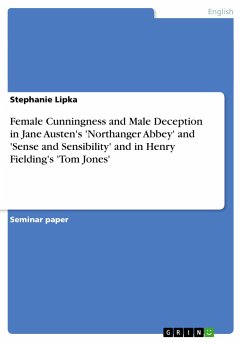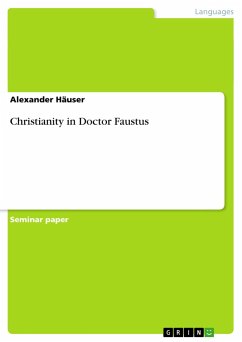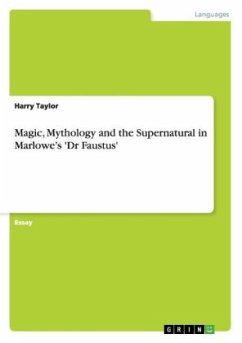Essay from the year 2000 in the subject English Language and Literature Studies - Literature, grade: 1,3 (A), University of Sunderland (English Studies), language: English, abstract: In order to discuss this statement I would like to begin by having a brief look atthe age of Renaissance and pointing out some of its typical features. The Italian term'Renaissance' refers to the rebirth of interest in the ideas of classical antiquity between1450 and 1650 in Europe. The most important events during this time were the inventionof movable-block printing (1454), the discovery of the so called New World (1492), theReformation in Germany (1517) and England (1535) and finally the assertion of theCopernican World System. These developments contributed to the revision of the old,medieval picture of the world. They go together with a total social process embracing achange in everyday life, every day ways of thinking, moral practices and ethical ideas.1The concept of Renaissance is strongly connected with the idea of 'Renaissancehumanism'. Renaissance men put themselves more in the centre of their considerationsthan men in medieval times. According to Agnes Heller one "might better speak of thecult of the 'self-made' man"2, which means that destiny was no longer considered to beGod-given, but more and more became an issue of what oneself had made of it. [...]1 The facts are based on: Hollander, John and Frank Kermode. The Oxford Anthology of EnglishLiterature: The Literature of Renaissance England. (London: Oxford University Press, 1973) pp. 3-10.2 Heller, Agnes. Renaissance Man. (London: Routledge & Kegan Paul, 1978) p. 9
Hinweis: Dieser Artikel kann nur an eine deutsche Lieferadresse ausgeliefert werden.
Hinweis: Dieser Artikel kann nur an eine deutsche Lieferadresse ausgeliefert werden.

